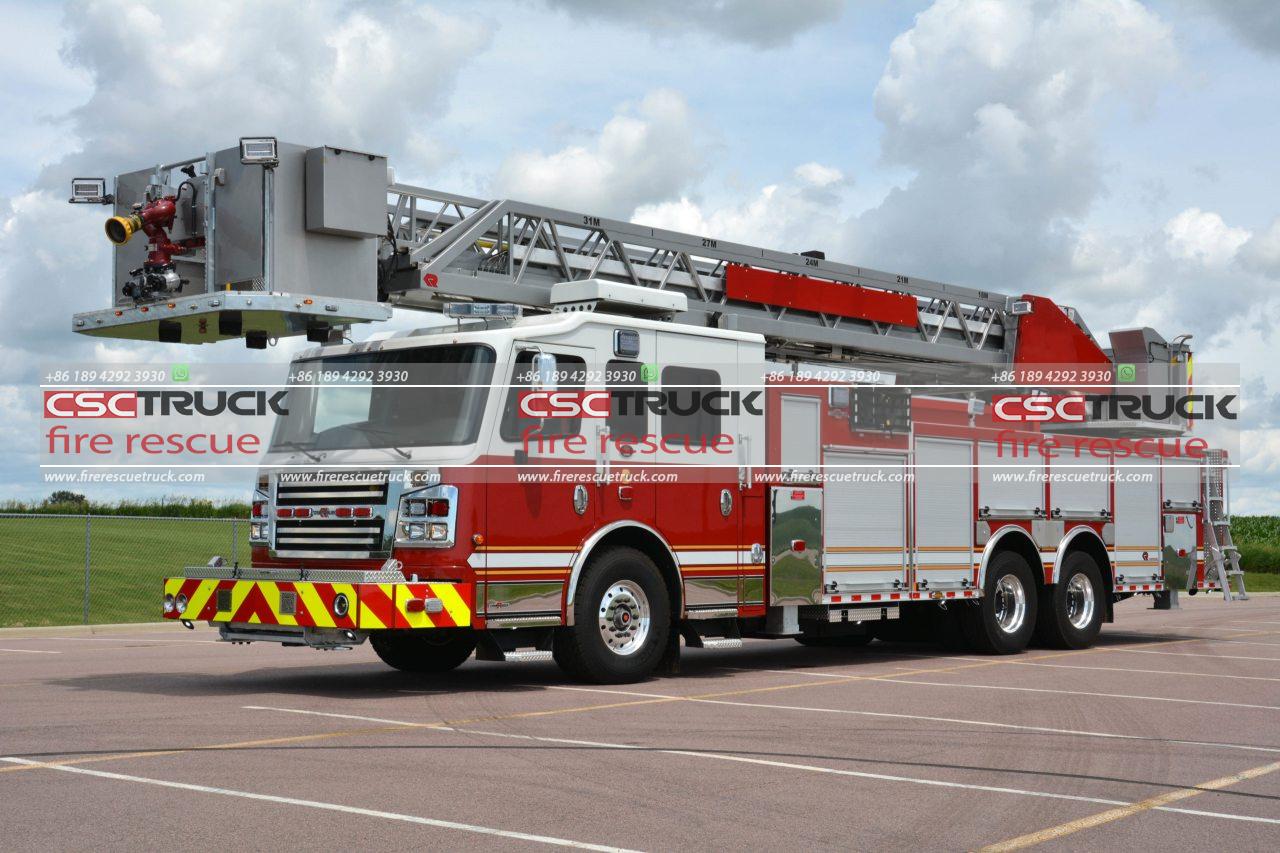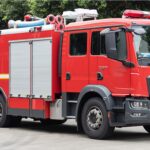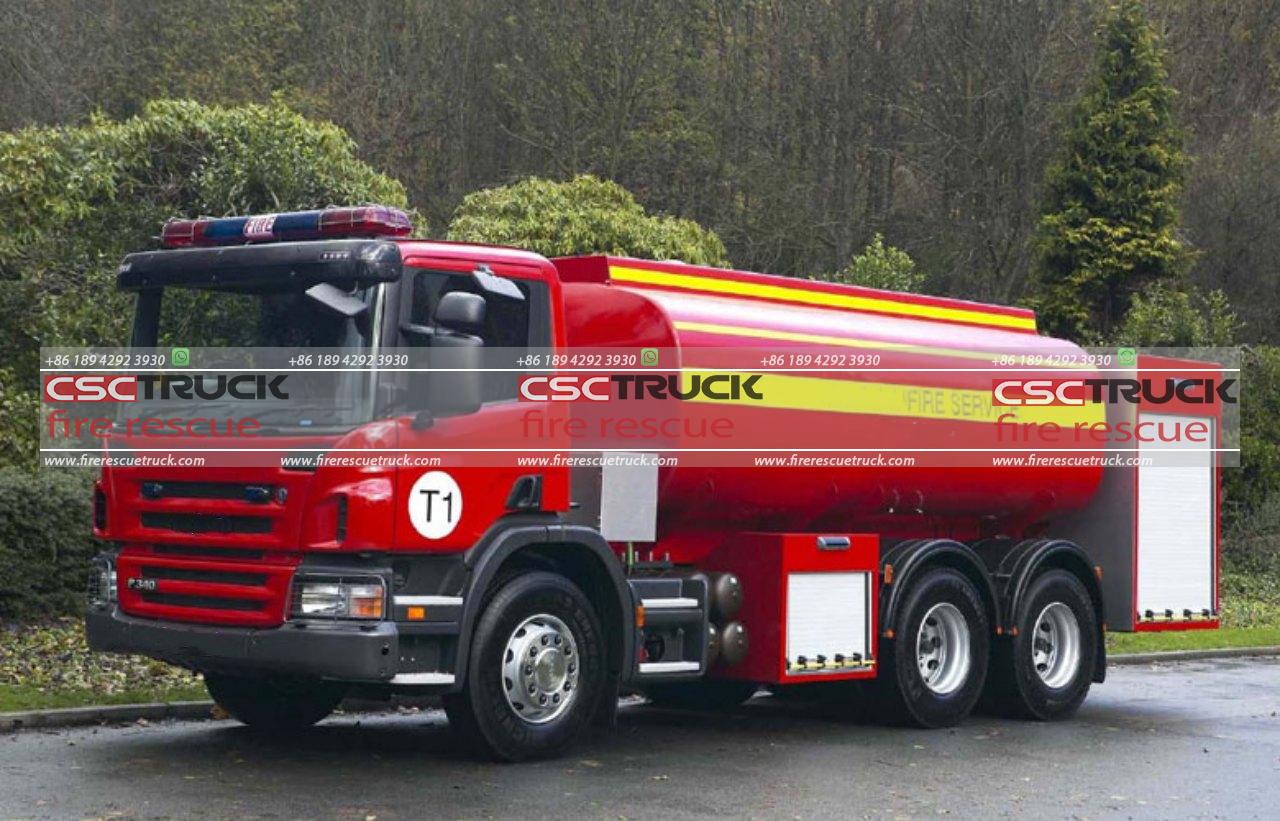When a fire breaks out in a high-rise building or a structure that is difficult to access, the role of a water tower fire truck becomes crucial. These specialized vehicles are equipped with a range of essential equipment and systems to combat fires from above and provide a strategic advantage in firefighting operations. In this article, we will explore the key components that make up a water tower fire truck and their importance in extinguishing fires effectively and efficiently.
1. Water Tower
At the heart of a water tower fire truck is the water tower itself. This hydraulic system consists of a telescopic boom mounted on the truck’s chassis, which can extend to significant heights. The boom is equipped with a platform or a basket at the top, allowing firefighters to access elevated areas and deliver water or firefighting agents directly onto the fire. The water tower’s height and maneuverability enable firefighters to attack the flames from above, reaching areas that would otherwise be challenging to access.
2. Water Pump and Tank
To supply the water tower, a water pump, and tank are essential components of the fire truck. The water pump generates high pressure, allowing water to be delivered to the top of the tower. The tank, typically located on the truck’s chassis, holds a significant volume of water that can be quickly accessed by the pump. A large tank capacity ensures that the water tower fire truck can sustain firefighting operations for an extended period without needing to refill.
3. Aerial Nozzles
A crucial aspect of a water tower fire truck is the aerial nozzles. These are strategically positioned on the water tower’s platform or basket and can be maneuvered to direct the flow of water or firefighting agents precisely where they are needed. The aerial nozzles are typically capable of delivering a high volume of water in a wide range of spray patterns, including straight streams, fog, or even foam. This versatility allows firefighters to adapt their tactics based on the nature of the fire, providing optimal firefighting capabilities.
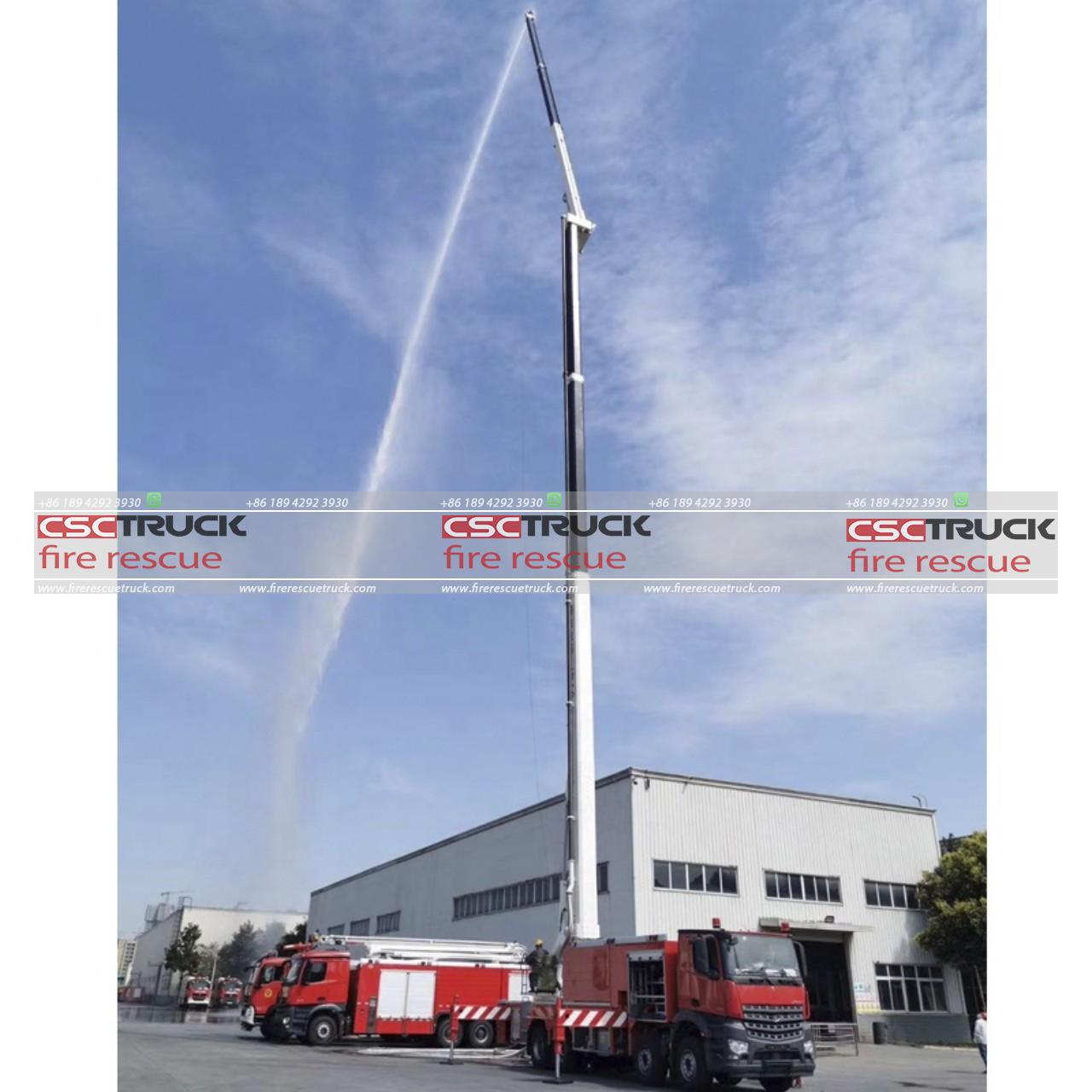
4. Stabilizing Systems
Given the considerable height and weight of the water tower, stabilizing systems are necessary to ensure the truck’s stability during operations. These systems often consist of hydraulic outriggers or stabilizers that are deployed when the water tower is in use. They provide a solid foundation and prevent the truck from tipping over or losing balance. Stabilizing systems are essential for the safety of firefighters operating on the water tower and for maintaining stability while delivering water or agents onto the fire.
5. Communication and Control Systems
Clear and effective communication is vital during firefighting operations. Water tower fire trucks are equipped with advanced communication systems that enable seamless coordination between firefighters on the ground and those operating the water tower. These systems may include two-way radios, intercoms, or even video feeds, allowing for real-time information sharing and decision-making. Additionally, control systems within the truck’s cabin enable precise control of the water tower’s movements and aerial nozzles, ensuring accurate targeting of the fire.
6. Lighting and Observation Equipment
Fighting fires often involves working in low-light or smoke-filled environments. To address this challenge, water tower fire trucks are equipped with powerful lighting systems. These may include spotlights, floodlights, or even telescopic light towers that illuminate the scene from above. Proper lighting enhances visibility for firefighters, enabling them to assess the situation, locate trapped individuals, and effectively direct their firefighting efforts. Observation equipment, such as thermal imaging cameras, may also be incorporated to aid in identifying hotspots or hidden fires.
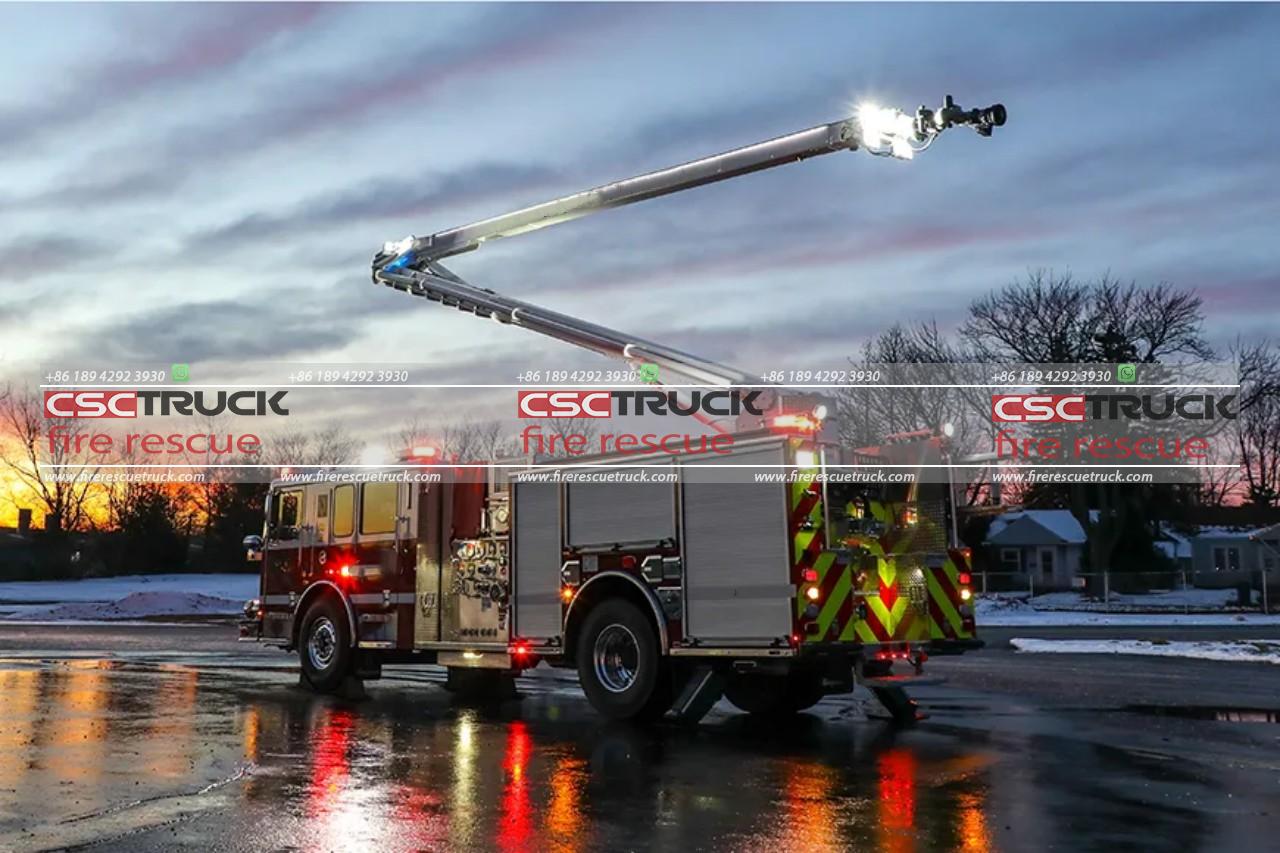
7. Equipment Storage and Auxiliary Tools
In addition to the specialized firefighting systems, water tower fire trucks have dedicated storage compartments for essential firefighting equipment. This may include hoses, nozzles, rescue tools, breathing apparatus, and other auxiliary equipment required for firefighting and rescue operations. Having these tools readily accessible on the truck ensures that firefighters have everything they need to tackle the fire efficiently and respond to other emergencies that may arise during the operation.
8. Safety Features
Firefighting is a dangerous and high-risk occupation, and water tower fire trucks are designed with safety in mind. These vehicles are equipped with various safety features to protect both firefighters and the public. For instance, the truck may have built-in fall protection systems, such as guardrails or harness attachment points, to prevent accidental falls from the platform or basket. Additionally, the water tower fire truck may be equipped with emergency lighting, sirens, and reflective markings to enhance visibility and alert other motorists and pedestrians to the presence of the vehicle during emergency responses.
9. Hydraulic Systems and Controls
The hydraulic systems and controls of a water tower fire truck are critical for the proper functioning of the water tower, stabilizing systems, and aerial nozzles. These systems utilize hydraulic power to extend and retract the boom, raise and lower the platform, and control the movements of the aerial nozzles. The hydraulic controls, typically located in the truck’s cabin, allow firefighters to manipulate these components with precision and responsiveness. Regular maintenance and testing of the hydraulic systems are essential to ensure their reliability during firefighting operations.
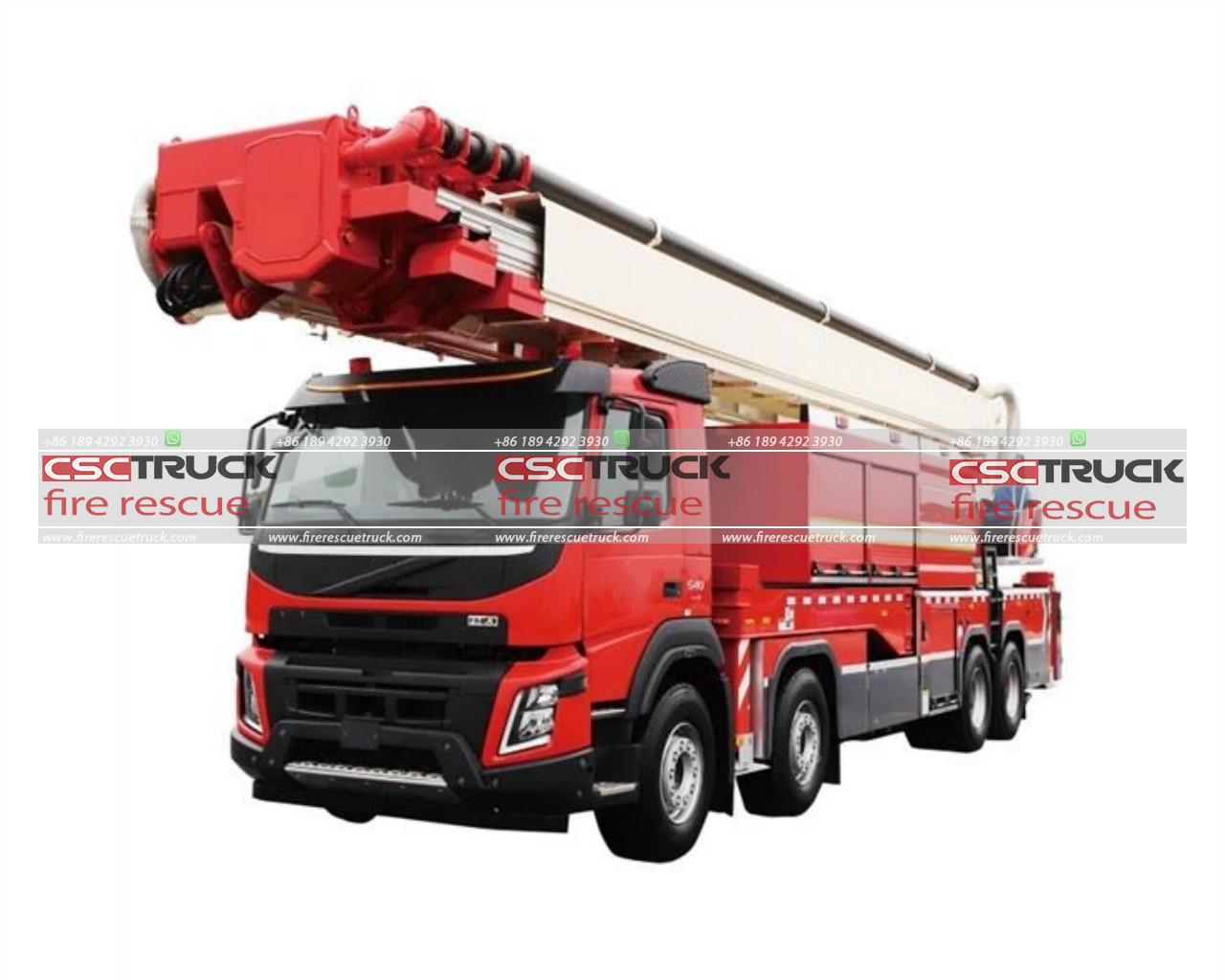
10. Vehicle Stability and Maneuverability
Water tower fire trucks are large and heavy vehicles that require stability and maneuverability to navigate through urban environments and reach the fire scene quickly. These trucks are designed with features such as power steering, advanced braking systems, and specialized suspension to ensure optimal handling and control. The ability to negotiate tight corners, narrow streets, and challenging terrain is crucial for effective firefighting operations. Vehicle stability and maneuverability also play a significant role in positioning the water tower accurately for optimal firefighting reach and access.
11. Power Generation and Auxiliary Systems
To support the various equipment and systems onboard, water tower fire trucks are equipped with power generation and auxiliary systems. These systems provide electrical power for lighting, communication devices, hydraulic systems, and other electrical components. The power generation system may consist of a generator or an integrated power take-off (PTO) mechanism that utilizes the truck’s engine to generate electricity. Auxiliary systems may include air compressors for supplying breathing apparatus, onboard water heaters for cold weather operations, or even specialized foam generation systems for specific firefighting scenarios.
12. Maintenance and Training Facilities
Maintaining a water tower fire truck in optimal condition is crucial to ensure its readiness for firefighting operations. Therefore, these vehicles may incorporate maintenance and training facilities onboard. This can include storage compartments for spare parts, tools, and equipment required for routine maintenance and repairs. Training facilities may consist of simulated platforms or baskets for training firefighters in the safe and effective operation of the water tower. Having these facilities readily available on the truck allows for efficient maintenance and ongoing training to keep firefighters prepared and the vehicle in peak operational condition.
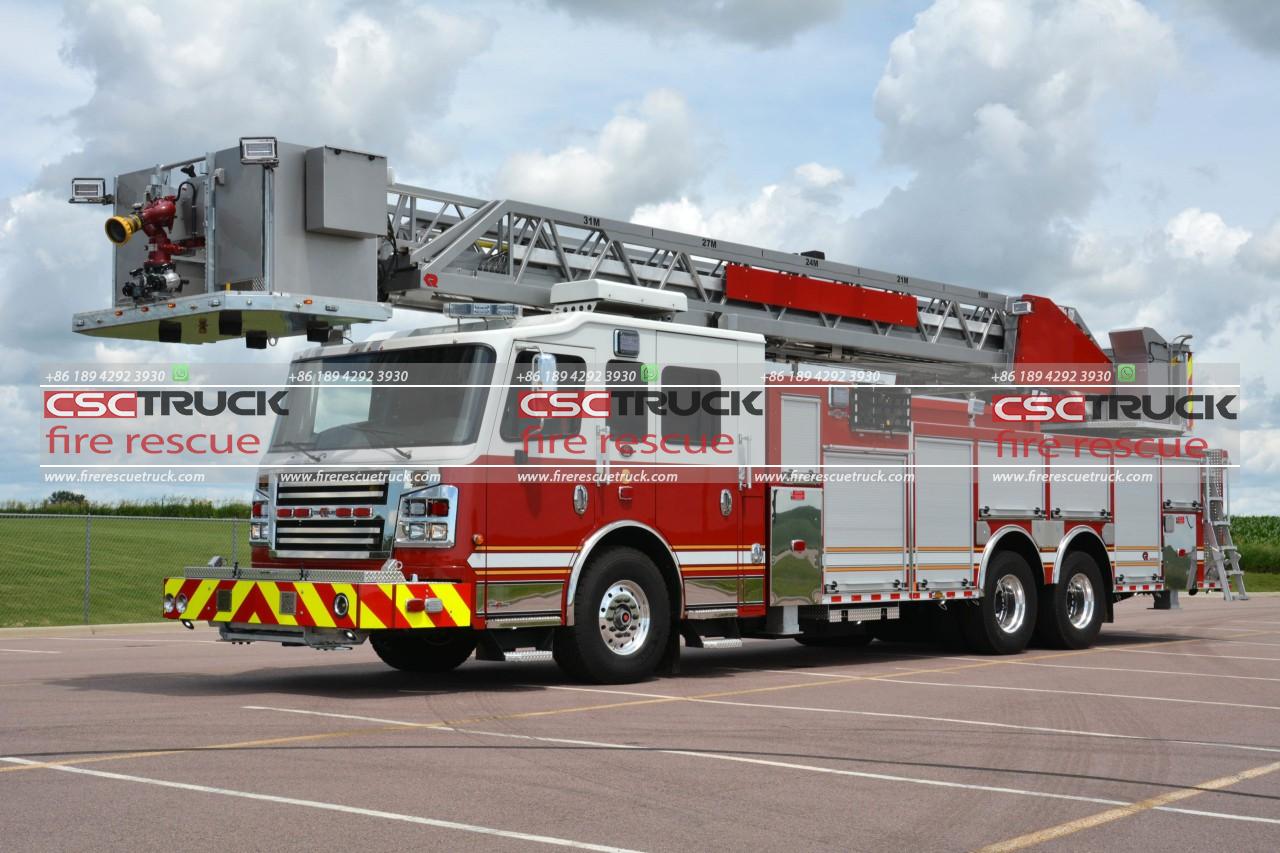
In conclusion, water tower fire trucks are specialized firefighting vehicles equipped with a range of essential equipment and systems. From the water tower itself to the water pump and tank, aerial nozzles, stabilizing systems, communication and control systems, lighting and observation equipment, equipment storage, safety features, hydraulic systems, and controls, vehicle stability and maneuverability, power generation and auxiliary systems, and maintenance and training facilities, each component contributes to the overall effectiveness and safety of firefighting operations. These specialized vehicles play a vital role in combating fires in high-rise buildings or hard-to-reach areas, providing firefighters with the necessary tools to extinguish fires efficiently and protect lives and property.


